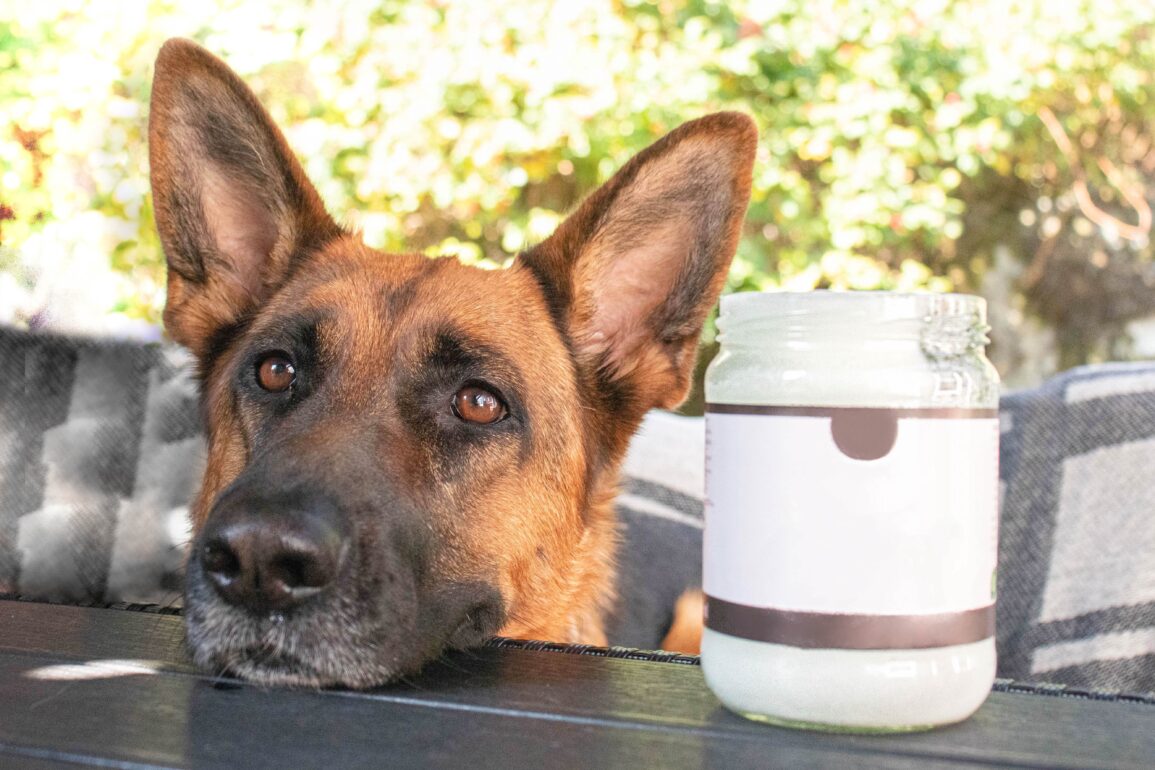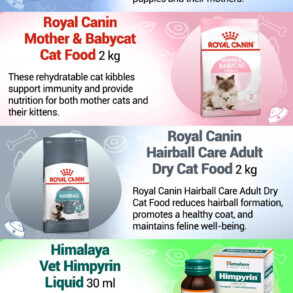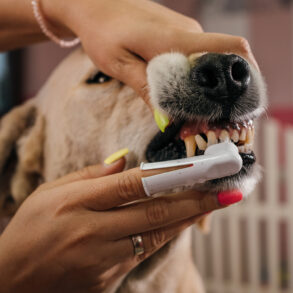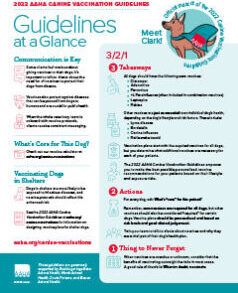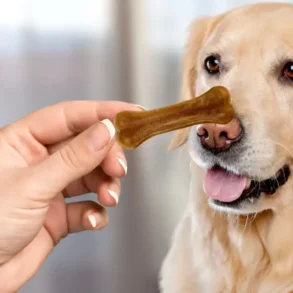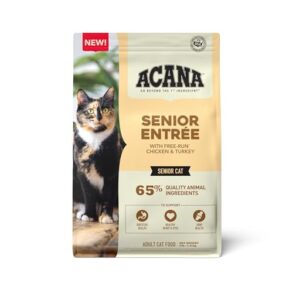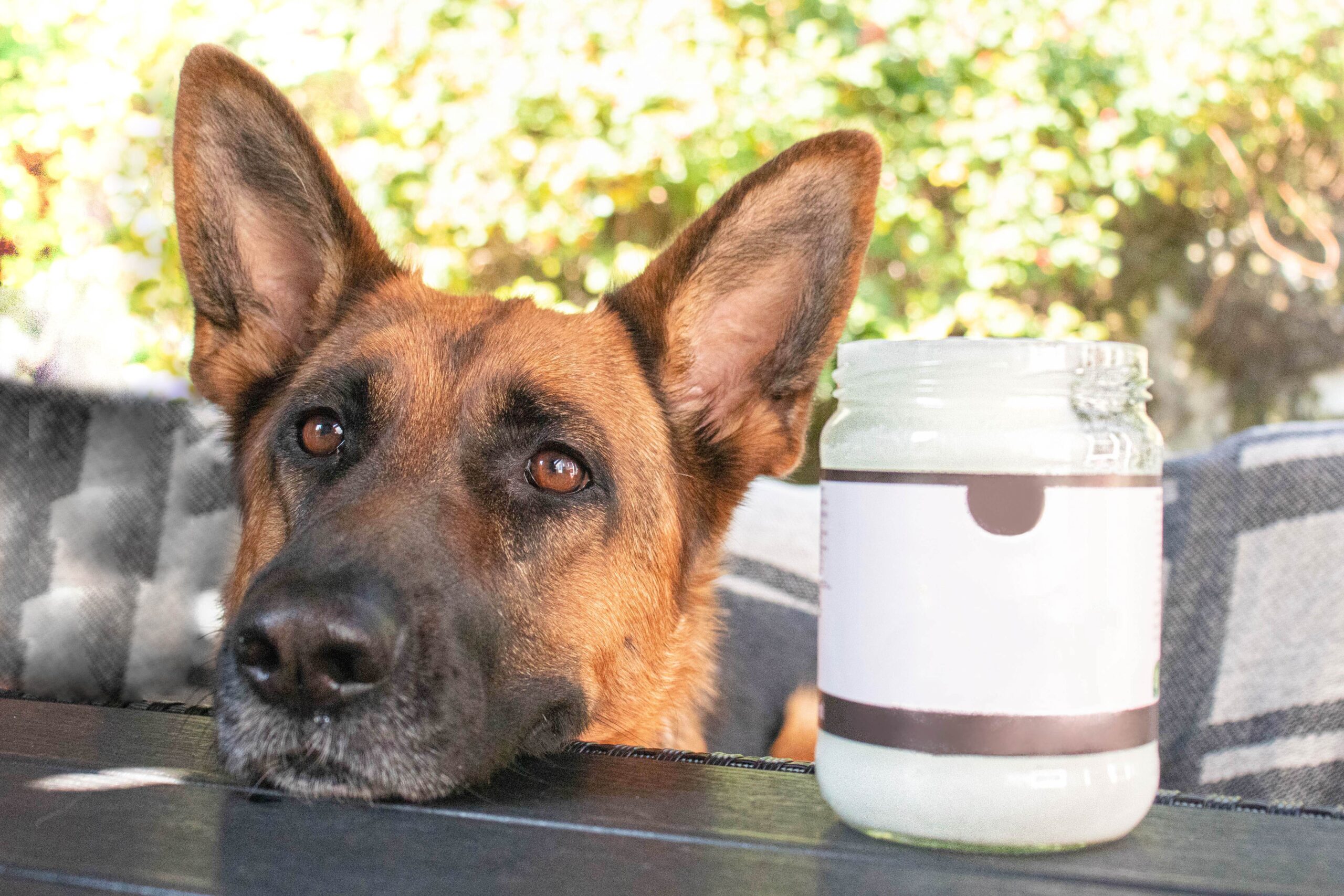
Coconut oil may benefit dogs similarly to humans. It can ease digestive issues, soothe irritated skin, help prevent infections, and reduce allergic reactions. However, weigh these benefits against potential risks. Always consult your veterinarian before giving coconut oil to your pet. Here are five ways to use coconut oil for dogs.
How Is Coconut Oil Used?
Coconut oil is extracted from mature coconuts and is found in food and beauty products due to its high saturated fat content and medium-chain triglycerides (MCTs). MCTs are a type of fatty acid that may aid in weight management and cognitive function. Used in small amounts, coconut oil can benefit some dogs. It can be added to food, used as a pill coating, applied to the skin, or used to clean teeth.
Add Coconut Oil to Meals and Treats
After consulting your veterinarian, consider adding coconut oil to your dog’s meals. It may help balance thyroid activity, aid in weight loss for overweight dogs, and boost energy in sedentary dogs. Studies suggest coconut oil improves nutrient absorption, counteracts digestive disorders like inflammatory bowel syndrome and colitis, and reduces body inflammation. Use it in moderation due to high saturated fat levels.
Coconut oil can make kibble more palatable. Its medium-chain fatty acids (MCFAs) are quickly absorbed into the GI tract and metabolized by the liver, possibly reducing fat and preventing weight gain while boosting energy in studies on humans and rodents.
How to Feed
Start with 1/4 teaspoon for small dogs; large breeds may tolerate up to a tablespoon. Avoid if your dog has weight issues or is prone to pancreatitis, as high saturated fat can cause weight gain. According to the ASPCA, coconut and coconut-based products are generally safe in small amounts, but the flesh and milk can cause stomach upset or diarrhea. Use with caution.
Select organic, virgin, cold-pressed coconut oil and stop use if your pet shows stomach distress or allergic reactions. Alternatives like salmon or flaxseed oil also offer omega-3 benefits.
The Spruce / Charlotte Engelsen
Apply Coconut Oil to Your Dog’s Skin
Like with humans, applying coconut oil to your dog’s skin can moisturize and prevent flaking, especially in winter. For dogs with dry skin or dandruff, it can increase surface lipid levels.
If you live in a wooded area or like to go for hikes with your dog, coconut oil can also serve as a natural way to repel fleas and ticks and keep your pet safe from disease. When applied to your dog’s coat, coconut oil may keep some unwanted pests at bay.
How to Apply
Rub a small amount into your hands and massage into your dog’s skin and fur. It may also make your dog’s coat glossy. Note that your dog might lick themselves more frequently.
The Spruce / Charlotte Engelsen
Use Coconut Oil as a Coating on Pills
Giving a dog a pill can be challenging. If your dog detects a pill hidden in peanut butter and refuses it, try using coconut oil instead. As a pill coating, coconut oil makes medicine more enticing and easier for your dog to swallow.
Use Coconut Oil to Soothe Minor Wounds
Coconut oil is known for its natural antibacterial, antiviral, and antifungal properties. It can help heal and soothe cracked paw pads, minor cuts, or skin irritation. Avoid using it on open wounds that are bleeding or oozing pus, consult your veterinarian for serious wounds.
For dogs with seasonal allergies, coconut oil can relieve irritation from scratching or chewing. However, it might encourage some dogs to lick and chew more.
Brush Your Dog’s Teeth With Coconut Oil
Coconut oil’s antimicrobial properties make it a natural and tasty way to clean your dog’s teeth. Studies show oil-infused toothpaste can offer benefits similar to oil pulling. Coconut oil toothpaste can help eliminate bacteria and prevent plaque, reducing the risk of dental disease. Add a small amount to your dog’s toothpaste or apply it directly to their teeth like a commercial dog toothpaste.
The Spruce / Charlotte Engelsen
This post was originally published on this site be sure to check out more of their content.




